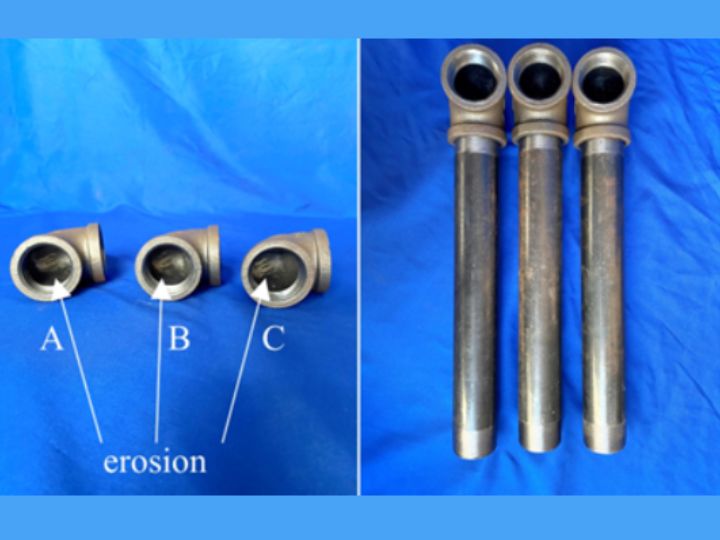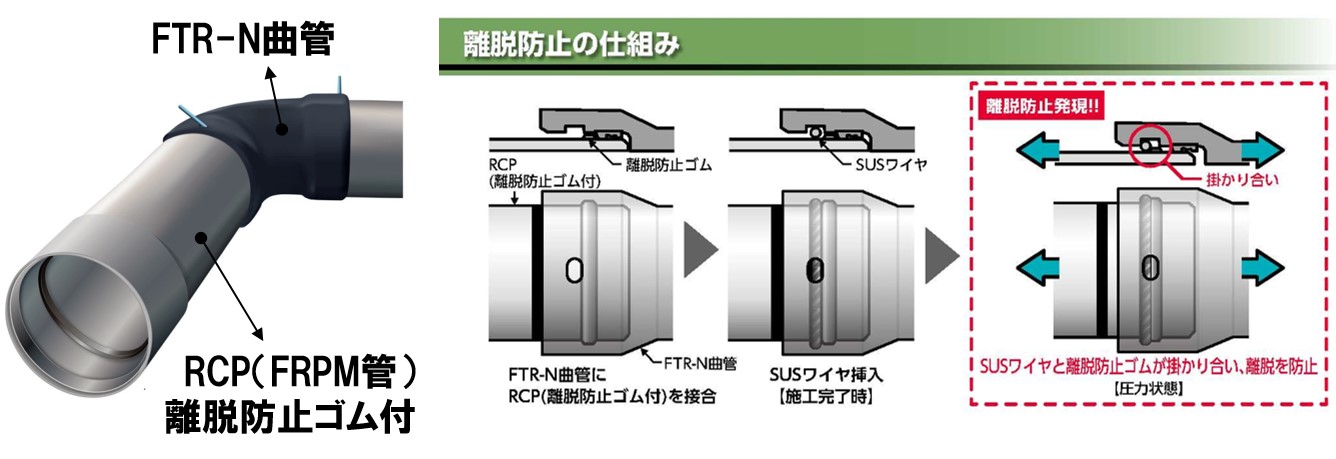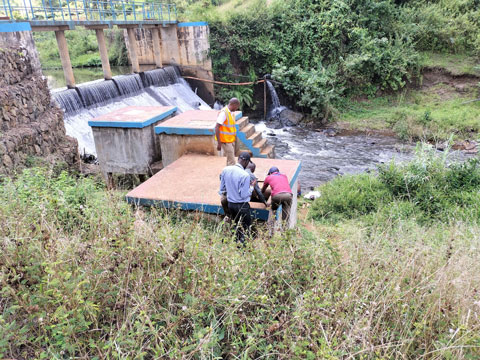2023-11-20 ヒューストン大学(UH)

Since the 90-degree pipeline elbows are prone to erosion, detection of pipeline elbow erosion is critical to the health of pipeline systems.
ヒューストン大学の研究チームが、打診を用いた新しい方法でパイプラインの肘部浸食を検出する先駆的な研究を行っています。パイプラインは腐食性液体や二酸化炭素などを運搬し、肘部が流れを導く重要な部位ですが、浸食しやすく、これが起きると経済的損失や安全問題が生じます。提案された手法は、打診、変分モード分解、ディープラーニングを組み合わせ、常時接触センサー不要で容易に実装できる特長があります。この手法は、音の分析、モード分解、機械学習を組み合わせており、2つのケーススタディで90%以上の高い精度を示しました。これは、肘部浸食の研究において打診法や機械学習を結びつけた初の試みであり、Song氏とそのチームは「打診法と機械学習による肘部浸食の検出」という発明に特許を申請しています。
<関連情報>
- https://uh.edu/news-events/stories/2023/november-2023/11202023-elbow-erosion-percussion-pipeline.php
- https://www.sciencedirect.com/science/article/abs/pii/S0888327023004545
打診とディープラーニングによるパイプライン肘部びらんの検出 Detection of the pipeline elbow erosion by percussion and deep learning
Jian Chen, Lan Cao, Gangbing Song
Mechanical Systems and Signal Processing Available online :7 July 2023
DOI:https://doi.org/10.1016/j.ymssp.2023.110546
Abstract
Elbows are commonly used in pipelines to change the direction of flow, and the pipeline elbows are prone to erosion caused by the transported medium. Detection of the pipeline elbow erosion is critical to the health of the pipeline system. Currently, most of the detection methods of the pipeline elbow erosion level require the installation of the constant-contact sensor, which are constrained under certain environments. This paper proposes a novel detection method for the pipeline elbow erosion, which is easy-to-implement, low-cost, and free of the installation of a constant-contact-sensor. The proposed method combines percussion, variational mode decomposition (VMD), and deep learning. The percussion-induced audio signal (single-hit) is decomposed into seven modes using VMD, and the multiple random convolutional kernel transform (Multi-Rocket), a machine learning method, is used to select the most representative mode for the single-hit audio signal. Finally, the capsule neural networks, a deep learning method, is utilized to classify the most representative mode under six levels of erosion severity (six classes). To verify the effectiveness of the proposed method, two case studies are conducted under three pipeline elbows with similar structure and dimension. In case study I, all the methods achieve similar classification accuracy (around 100%) under six erosion levels. In case study II, the proposed method (>90%) is far more effective than other shallow learning and deep learning methods (all < 80%) in terms of the classification accuracy. The results demonstrate the superiority of the proposed method in the detection of pipeline elbow erosion levels. To the best of our knowledge, this paper is the first attempt to study the detection of pipeline elbow erosion levels by combining the percussion method and deep learning.




